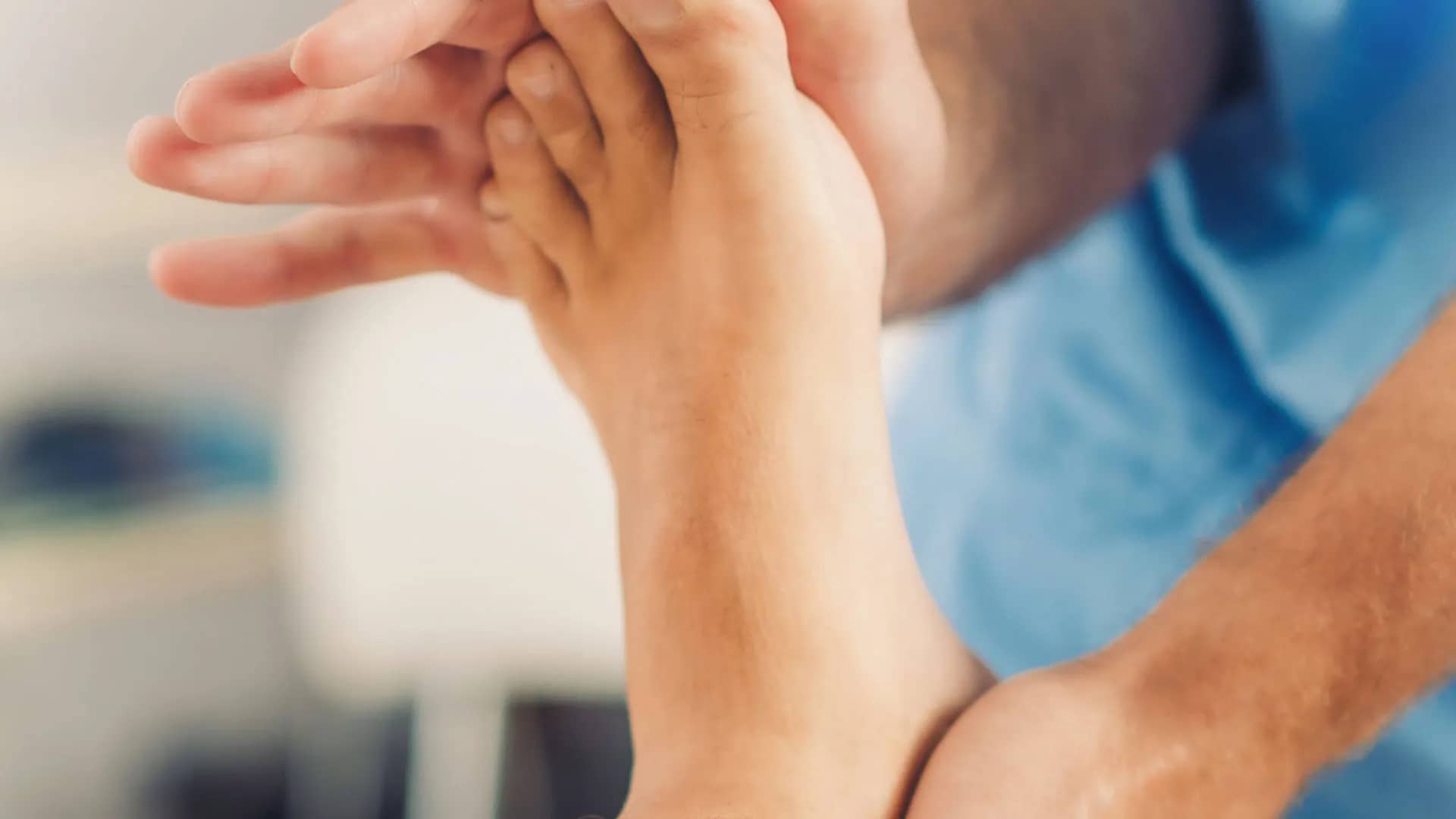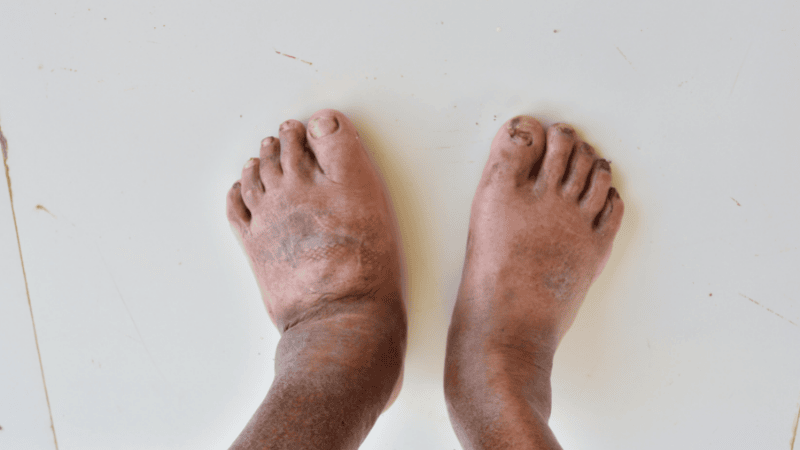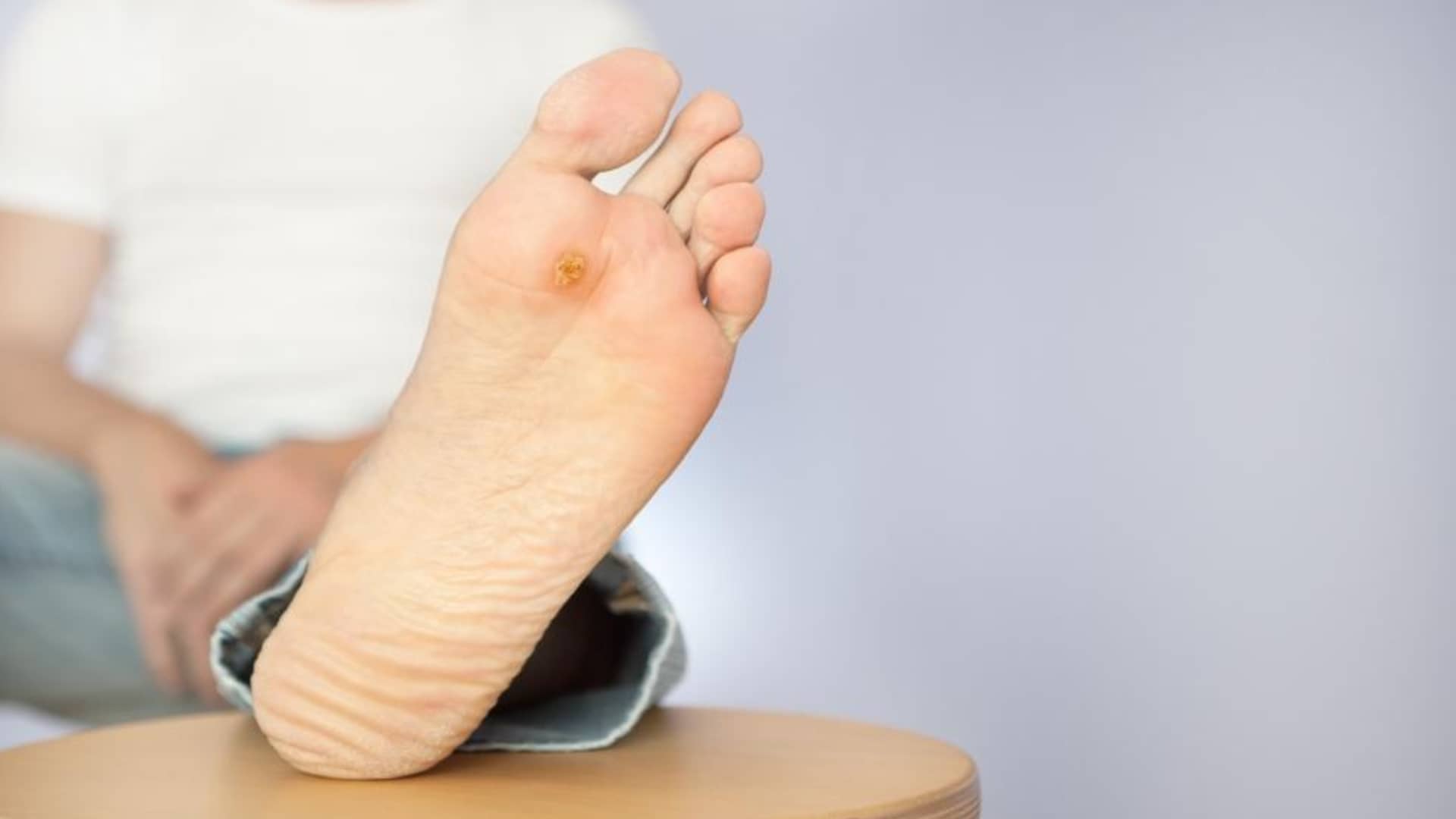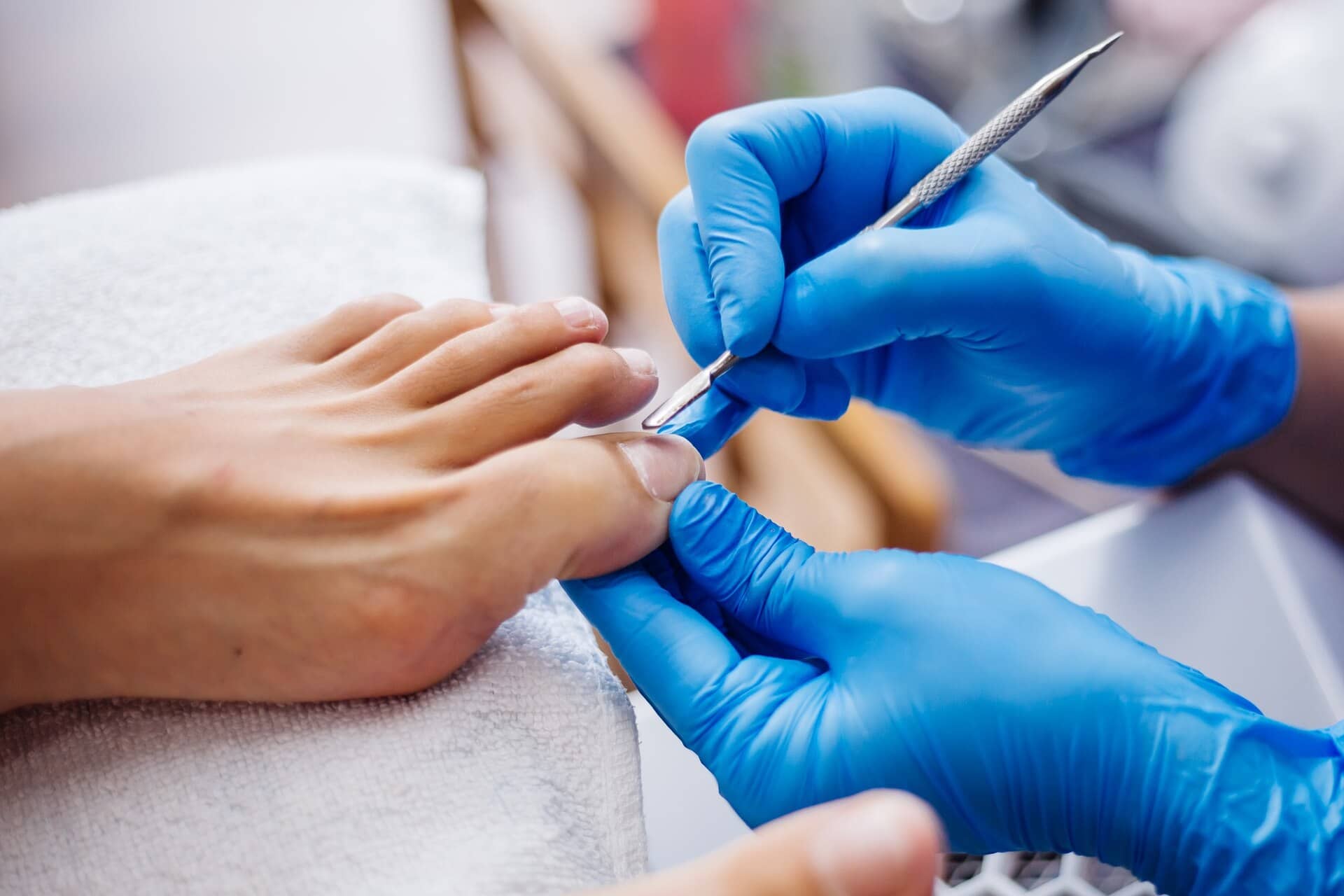
Diabetic Foot Care Services
Diabetes has been called the silent killer. It is a condition of chronically elevated blood sugar levels which eventually causes insulin-insensitivity if not controlled. This then causes prolonged blood sugar elevation after meals, intensifying the cycle. Furthermore, the elevated sugars can cause death of the cells responsible for making insulin (islet cells) leaving the body defenseless against high blood sugar levels. This explains why diabetes can become exponentially worse in some patients.
While unknown to the patient, or non-symptomatic at first, high blood sugar levels wreak havoc on the body effecting multiple systems. This includes the nervous system, immune system and vascular system amongst others. Many times, the damage done is irreversible by the time symptoms are noticed.

Neuropathy
Neuropathy is a general term, yet at its’ root, the term means NEURO = NERVE and PATHY = DISEASE -> diseased nerve. Often, the first symptoms experienced by the patient is loss of feeling and/or tingling and burning in the feet. This is known as neuropathy. Neuropathy can be caused by multiple reasons however diabetes is by far the most common cause. Loss of sensation is dangerous because this leaves the patient susceptible to ulcer formation.
Neuropathy is normally treated with a combination of diet, oral medication or topical medication and nerve stimulation therapies (or a combination of these). Limiting alcohol consumption and controlling blood sugar levels should be your first step in management.

Charcot
Charcot foot is another condition that can arise due to multiple etiologies however diabetes is the most common. The bones of the foot become brittle and frail over time causing them to deform under the normal stresses of weightbearing and walking. This eventually leads to deformity of the foot, namely a “rocker-bottom” foot type. The condition is progressive and may occur more rapidly in people who are overweight or obese. As the foot becomes increasingly misshapen, the biomechanics and pressure points areas change which can cause skin breakdown (ulcer formation) and severe disability. These complications can eventually lead to amputation.
Initial symptoms of Charcot foot usually present as a hot, red, swollen foot and ankle. These symptoms may or may not be precipitated by trauma. Although not 100% of the time, there is normally a history a diabetes and neuropathy. If a patient experience these, they should seek medical attention as soon as possible. Early diagnosis and treatment can lead to more successful outcomes than patients with advanced deformity. For some patients, reconstruction of a Charcot foot can help strengthen the bones and prevent more extreme treatments, such as amputation.

Ulcers
Ulcers (and any other wounds) in patients with diabetes is a serious manner. The lack of sensation seen in some diabetic patients allows them to bare weight on the wound without feeling pain that would otherwise be felt and avoided in the non-diabetic patient. Additionally, the presence of high blood sugar effects multiple wound healing properties of the body including the ability to fight infection. An infected wound has a much harder time healing than a clean wound. Secondly, high blood sugars affect collagen production which is needed for the body to close the wound and produce new skin or a scar. Lastly (and maybe most importantly), high blood sugars destroy the body’s microvascular system (tiny vessels that feed the nerves, skin, organs…). Without the ability to sprout new microvascular structures (angiogenesis), there is no oxygen supply to feed the newly forming tissue.

Nails
Although the presence of high blood sugar has been shown to propagate the formation of thickened, dystrophic nails, this is not the main concern with “diabetic nails”. The issue lies in the fact that if the patient has reduced sensation, he/she may not feel if the skin is cut during maintenance of the nail. Due to the reasons explained in the passage above (higher incidence of infection, lack of blood flow and reduced healing ability…), any wound in a diabetic patient has the potential of being increasingly problematic. Additionally, patients with neuropathy may also have reduced eyesight (retinopathy) due to long standing diabetes, increasing the chance of inadvertently cutting one’s own skin.
Medicare (as well as most private insurances) cover diabetic foot/nail care every two months. Our doctors highly suggest coming in for these routine visits. A neglected cut on a diabetic toe can quickly progress to an infection and need for emergency surgery.



